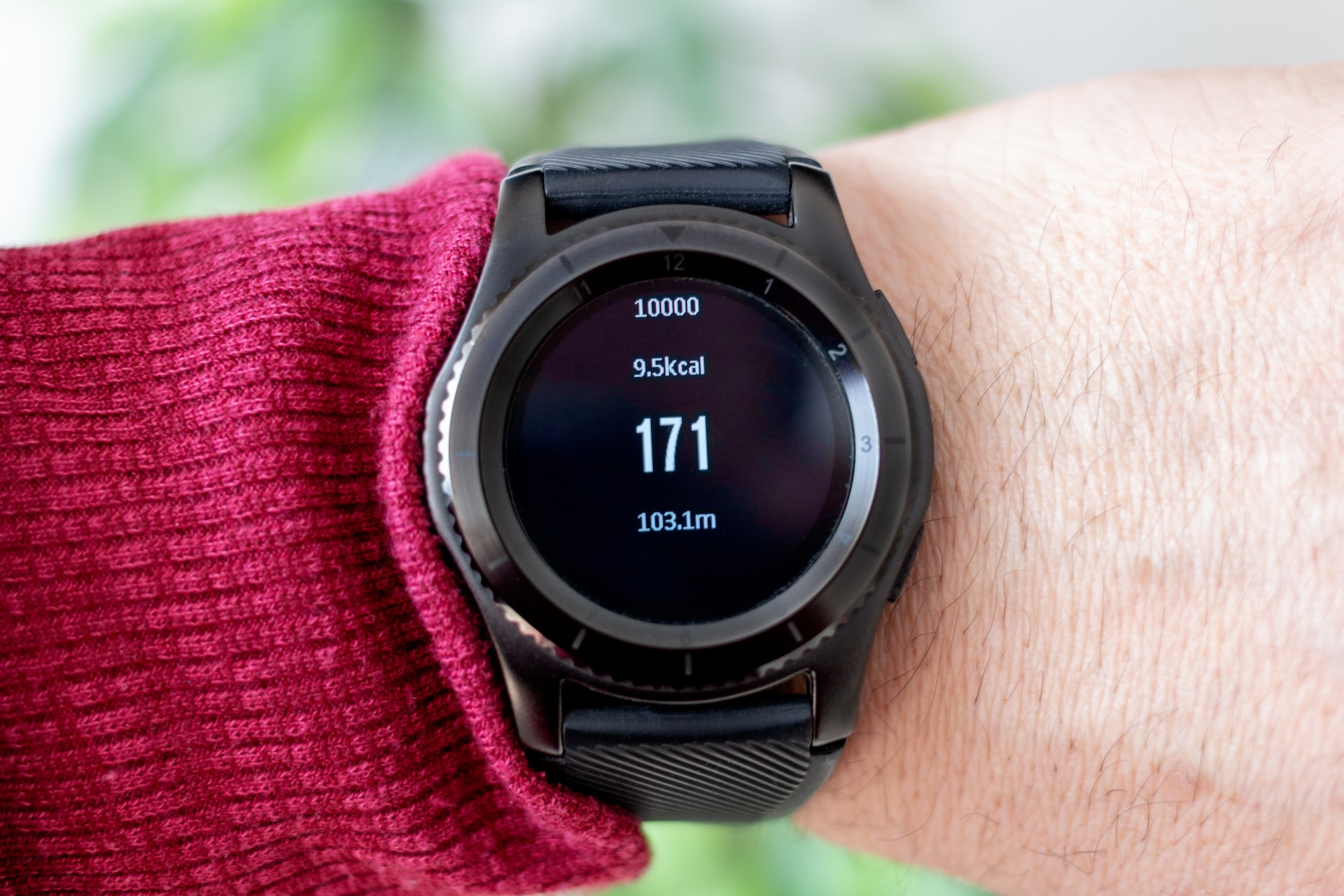The digital health industry has seen rapid expansion over the past several years and digital health tools, defined as software applications developed for the purpose of improving healthcare outcomes, are flourishing. Consumer-facing tools such as Headspace, MyFitnessPal and Apple Health are becoming an integral part of how we manage our health. These tools are not necessarily coming from pharma. But is there an appetite for digital tools from pharmaceutical companies?
In this article, we discuss pharma involvement in the provision of digital health tools and, using the findings of a primary market research study we conducted, we help determine what type of tools consumers want and if they’re likely to use them coming from pharma vs. other providers.
What are incentives for developing digital health tools?
Digital health tools are becoming an integral part of healthcare provision, empowering an increasingly health-conscious population to live a healthier lifestyle and better manage their disease and treatments, as well as helping to alleviate the burden on a strained healthcare system. Technological developments and continued investment in digital health will lead to better digital health solutions, further addressing unmet needs and cementing the role of digital health tools in healthcare provision. Pharma cannot afford to miss out. Not playing a role could disconnect the industry from future healthcare provision, leading to misalignment with payers, customers, and end-users.
For another incentive, pharma needs to look no further than the data generated by these tools. Data from digital health tools can help drive treatment innovation and identify digital biomarkers that can be used to optimize treatment outcomes. But to gain access to this data, they would need to convince consumers to share it with them. Previous research conducted by Bryter indicates that while consumers see the benefits of digital health, they do not trust pharma with their data.
An online survey conducted among 5,828 consumers in 7 countries showed that over half of consumers think that health data collected from devices will be of great benefit to future generations. Despite this, only 10% of consumers trust pharma with their data, dropping to 6% if the pharma company is based in another country.

This is one challenge that pharma would need to overcome, but there are others: any tool would need to meet the needs of consumers, and there would have to be an appetite for this type of tool coming from pharma, as opposed to other providers. To determine whether pharma can meet these requirements, Bryter conducted a situational choice experiment with 11,075 consumers across 6 countries.
What is the situational choice experiment?
The situational choice experiment is a novel type of conjoint technique. Unlike traditional conjoint, where respondents can only indicate whether they would use a product or not, situational choice experiment allows us to determine usage by organization or brand. For this study, we used the technique to determine from which organization, if any, consumers would be most likely to use different digital tools. This involved showing consumers different sets of digital health tools, which comprised 4 components:
- Medical priority (what it’s for)
- What it does
- Who it’s for
- Data privacy

For each tool that was presented, respondents were shown a choice of possible providers:
- Pharma company
- Health provider (physicians, health system, hospital)
- Tech company (e.g. Google, Apple)
- Retail pharmacy (e.g. Walmart)
Respondents were asked to select their preferred provider, while also having the option to select none. Data from the exercise was fed into Bryter’s in-house formula to calculate preference shares across organizations. The key output is a simulator which can be used to model multiple permutations by product features, organization and/or consumer profile.
The research found that there is an overall appetite for digital health tools, with consumers picking an organization for a tool in around 9-in-10 cases. Additionally, organizations have their best opportunities across different medical priorities:
- For pharma, the best opportunity lies in providing a tool that is for prevention
- For health providers, the best opportunity lies in providing a tool that is for diagnosing illness and disease
- For tech companies, the best opportunity lies in providing a tool that is for managing/tracking/controlling symptoms
- For retail pharmacies, the best opportunity lies in providing a tool that is for prevention
Looking at the tool that has the best opportunity for pharma (prevention) we see that, overall, 16% would use this tool if it was provided by pharma, rising to 25% in Brazil and dropping to 11% in Canada.
In contrast, consumers are three times more likely to use the tool if it came from a health provider. A similar pattern is seen when looking at the tools that present the best opportunity for tech companies and retail pharmacies – those would be the preferred providers for around 1-in-10 of consumers, but for the majority the preferred provider is always a health provider.

Initially this might indicate that the preference for health providers is due to distrust in other organizations. However, when asking respondents how likely they would be to adopt a digital health tool that offers total data protection vs. a tool that would share most/all data with a third-party, we found that privacy has minimal impact on likely adoption across all providers. So long as the tool addresses a certain health need, consumers are willing to share their data.

These findings suggest an opportunity for collaboration between pharma and health providers in the provision of digital health tools. Indeed we are already seeing this happening. Geisinger has partnered with several pharmaceutical companies to develop digital health solutions for their patients. These include Asthma App Suite, developed with AstraZeneca, Pain Watch developed with Purdue and MedTrue, developed with Merck.
With the industry model moving from being product centric to service and experience orientated, pharma has a unique opportunity. Working with health providers will result in closer customer engagement, and by providing tools that enable better health provision, pharma can offer a valuable service wrap to its customers, while also benefiting from data that will drive treatment innovation.
About Bryter and digital pharmaceutics
Bryter is an international market research and insights consultancy specialising in pharmaceutical research. We work with leading manufacturers and service providers to better understand the role pharma plays in people’s lives, enabling them to develop & market their products and services more effectively.
You can read more about digital health and its impact on patient experience and the delivery of healthcare
You can read more about digital therapeutics and access a variety of other reports and resources at our website bryter-global.com



-bucknall-2449533.jpg)
